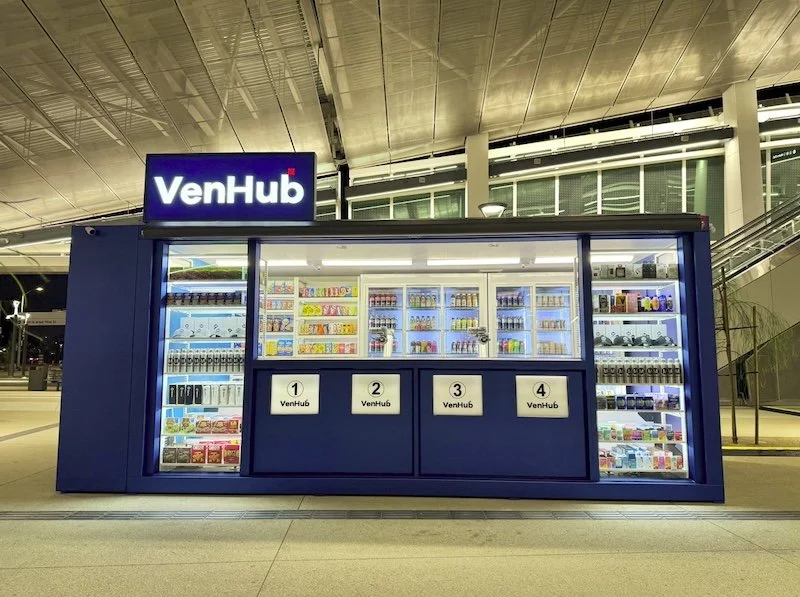The explosive growth of the vape industry: what you need to know
In the past decade, a new market has exploded into public consciousness with a puff of smoke - or rather, vapour. The vaping industry, once a niche market, has blossomed into a behemoth, sparking interest, speculation, and a fair share of controversy.
This article aims to peel back the layers of this foggy phenomenon, giving you an inside look into the meteoric rise of the vape industry, its key players, trends, challenges, and what the future might hold.
Buckle up and get ready to embark on an informative journey through the thick clouds of the vaping world.
The rise of the disposable vape
In recent years, a significant trend within the vaping industry is the rise of disposable vapes. These are compact, user-friendly devices designed for convenience and ease of use, offering a low-commitment entry point to the vaping world.
The team behind Crystal Bar says that they come pre-filled with a variety of flavors and are ready to use right out of the box. Once the e-liquid is depleted, they're simply discarded, eliminating the need for refilling or recharging.
This segment's growth can be largely attributed to its appeal to new users seeking a simple and hassle free vaping experience. However, the rise of disposable vapes has also brought along its share of environmental concerns due to the waste generated by these single-use devices.
For those who prefer reusable options, knowing where to buy e-liquid for vapes online can be a practical solution. Balancing convenience with sustainability continues to be a key consideration for many in the vaping community.
Market trends and statistics
The vaping industry has witnessed a surge in popularity, reflected in its impressive market statistics.
Research estimates that the global e-cigarette and vape market size was valued at USD 15.04 billion in 2020 and is expected to expand at a compound annual growth rate (CAGR) of 28.1% from 2021 to 2028.
As for disposable vapes, they have carved a substantial niche within this booming sector. According to Mordor Intelligence, the disposable vape pen market is expected to register a CAGR of 23.8% during the forecast period of 2020-2025.
Flavour experimentation has been another driving factor for the industry's growth. A 2020 study found that nearly 83% of e-cigarette users cited the availability of appealing flavors as a primary reason for use.
On the other hand, regulatory landscape changes, demographic shifts, and public perception of vaping health risks are all factors that could significantly influence future market trends.
Factors driving the vape boom
There are multiple factors contributing to the boom of the vape industry. One of the most significant is the perception of vaping as a less harmful alternative to traditional tobacco cigarettes.
Public Health England, for instance, has claimed that vaping is 95% less harmful than smoking. This perception has played a key role in attracting smokers looking for safer nicotine alternatives.
Another major driver is the continuous innovation in vaping technology. Modern vape devices offer customisable experiences with adjustable heat settings, different nicotine levels, and a plethora of flavour options.
This level of personalisation can appeal to a broad demographic of consumers, elevating the vaping experience well beyond what traditional tobacco products can provide.
Finally, the marketing and branding strategies of vape companies have been highly effective in reaching younger audiences.
The sleek designs and lifestyle oriented branding of many vape products, coupled with prolific social media marketing, have contributed to the perception of vaping as a trendy, socially acceptable practice, particularly among younger demographics.
In conclusion, the vape industry's growth has been nothing short of explosive in recent years, fueled by factors such as perceived harm reduction, technological innovation, and effective marketing.
However, with growth comes challenges that the industry must address to continue its upward trajectory while also maintaining responsible practices for consumers and the environment.
As we look toward the future, it will be interesting to see how the vaping market evolves and adapts to changing regulations, consumer preferences, and technological advancements.

















Continue reading…